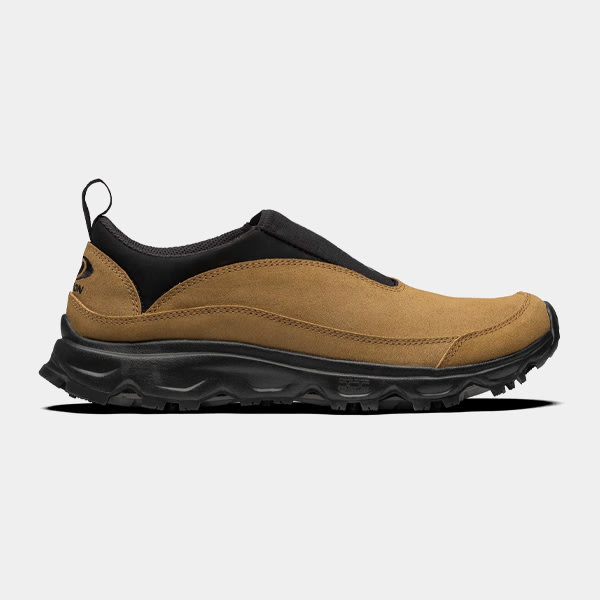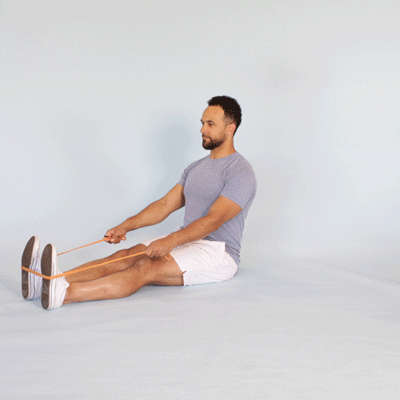
If you are interested in completing a prenatal fitness certification, there are several programs to choose from. Moms Gone Strong and ACE's Oh Baby are just a few of the programs available. Fitness, and NASM’s Prenatal & Postnatal Corrective Exercise Expert Course. But which one is best? Let's take a look at some of the most sought-after choices and what they offer.
PPCES
Being certified as a prenatal correction exercise specialist will help you advance in your fitness career. This certification focuses on both the safety and health of mothers and their babies during pregnancy. The course was designed by medical professionals to ensure participants' safety during the most critical times of pregnancy. This course provides basic knowledge regarding pregnancy and the body's movements during labor and delivery. In addition, this course enables fitness professionals to provide safe and effective exercise for the fetus, reducing the risk of complications and ensuring a more pleasant labor experience.
The certification is valid for life, which means that you can continue to take it whenever you want. The course is updated regularly. It is important that you complete all modules and pass all quizzes in order to keep your certification. You should complete all modules and schedule a final exam by virtual call after you have completed them.
Moms, Be Strong
Prenatal Coaching Certification consists five comprehensive unit tests that contain between 30-40 questions. You can complete the exams at your own pace. You will also be given a workbook as well as case studies that will help you better understand the content. The two programs have some similarities, but there are also some key differences.

You'll learn about prenatal concerns, the proper intensity of exercise, and other pregnancy-specific issues during your training. The training will address common misconceptions about exercise in pregnancy. You will learn about the benefits and dangers of exercising during pregnancy as well as how to modify exercises to fit any fitness level. Also, you'll learn how to modify exercise for common conditions during pregnancy like miscarriage or fertility.
ACE's Oh Baby! Fitness
Oh Baby! The Oh Baby! Fitness for Prenatal Certification program is designed to help moms get in shape and maintain a healthy lifestyle. It also provides information to instructors on the benefits of perinatal exercises and how to communicate with clients. The program is well-respected as a leader within the perinatal training industry, having certified over 50,000 women.
Oh Baby! Training in prenatal and afternatal fitness is available through the Oh Baby! You can purchase the complete program online at $185 Each individual teaching video costs $130. Training also includes ACE and AFAA continuing education credits (CECs), as well as NASM continuing education credit (CECs).
NASM's Prenatal + Postnatal Corrective Exercise Specialist course
The Fit For Birth Pre and Postnatal Corrective Exercise Specialist Course provides a comprehensive education on pregnancy and exercise safety. This course combines traditional holistic methods with modern techniques to improve women's post-partum health. It also prepares the body for the changes that occur during labor and delivery, decreasing the risk of complications and ensuring a happier delivery.
In addition to the course curriculum, the Fit For Birth team will analyze each client's assessment results and develop a personalized prenatal exercise program. It will take into account each client's unique needs and preferences as well their time constraints and stress levels. Based on each client's plan selection and motivations, the Fit For Birth team will meet one-on-1 with them. The course can be accessed online and includes PDF manuals.

Erica Ziel's Knocked-Up Fitness
Erica Ziel, a personal trainer and entrepreneur in the fitness industry, created Knocked Up Fitness to help women strengthen their core muscles during pregnancy. Women can have a more comfortable pregnancy, and safer deliveries by strengthening their core muscles. The program has quickly gained popularity online for pregnant women.
This program includes 10 mixed-and-matched workouts that strengthen core muscles and increase pelvic floor strength. The client can expect to feel pain in the lower back, hips, back and pelvis while working out. This program addresses problems in the round ligaments that can cause pain, burning or pulling.
FAQ
What does Exercise do for your Body?
Exercise helps you lose weight and build muscle mass. It also increases energy levels, decreases stress, and improves sleep quality. Exercise is good for your mood, self-esteem, productivity, and heart health.
What Does Nutrition Do for Your Body?
Your body can function properly if you get the proper nutrition. You can ensure adequate nutrition by eating a balanced diet rich in fruits and vegetables, lean meats, whole grains, and healthy oils.
Which is more important: Exercise, diet, or sleep?
Your goals will dictate the answer. If you want to lose weight, diet is the most important factor. If you are looking to build muscle mass, however, exercise is the best option. Sleep is the last important factor, as it has little to do with how well your day goes.
Do I need a warm-up before I go?
Warming up before a sport can help reduce muscle soreness and increase performance. You can use several methods to warm up: walking, running, jumping rope, stretching, and cycling are just a few examples. You should start slow and gradually increase your speed and intensity.
What is the value of good nutrition?
Our health and well-being depends on our nutrition. Healthy eating includes whole grains, fruits, vegetables, lean protein, dairy, and other healthy foods. Being active and eating healthy foods can help us be more fit, which results in better overall health.
Statistics
- Globally, 28% of adults aged 18 and over were not active enough in 2016 (men 23% and women 32%). (who.int)
- In high-income countries, 26% of men and 35% of women were insufficiently physically active, as compared to 12% of men and 24% of women in low-income countries. (who.int)
- One study showed that adults who watch more than 4 hours of television daily had an 80% higher risk of death from cardiovascular disease. (heart.org)
- Physical activity confers the following maternal and fetal health benefits: a decreased risk of pre-eclampsia, gestational hypertension, gestational diabetes (for example, 30% reduction in risk) (who.int)
External Links
How To
How to Lose Belly Fats More Fast
Belly Fat is often considered a problem for those who want to lose weight. But if you think about it, Belly Fat is actually a good thing. Your organs are protected by the fat around your stomach. So let's see how to burn belly fat fast.
The two main factors that make us store body fat are stress and lack of exercise. Cortisol hormone is stimulated by stress, which causes us to feel constantly hungry. Cortisol raises insulin levels. The excess calories are stored as fat by insulin. Insufficient sleep can lead to an increase in appetite and adrenaline release. These extra calories are broken down through exercise.
There are many options to reduce belly weight. Any one of these can be tried, depending on how much you have to spend. Here are some quick tips to get rid of belly weight.
-
Try to eat less food. Eat smaller meals throughout the day rather than eating three big ones. You'll eat fewer calories this way.
-
Drink plenty of water. Water helps flush out toxins from the body and keeps you hydrated. You won't overeat if you drink water before you eat.
-
Avoid unhealthy snacks. If you're looking for quick fixes, snack foods like chips, cookies, candies, etc. These tempting snacks might look appealing. These sweet treats can be tempting, but they are high in empty calories and sugar. Choose healthier alternatives such as whole grains, vegetables, fruits, seeds, nuts and seeds.
-
Strength training should be performed at least 3 times per week. Strength training builds muscle mass that burns more calories, even when it is done while you rest. Strength training strengthens bones, muscles and ligaments. It can also improve the heart, lungs, joints, and other body systems.
-
Walking or stretching is a good habit to do regularly. Stretching helps to improve flexibility and mobility, which reduces back pain. Walking for 30 minutes is a great way to burn calories.
-
Reduce alcohol intake. Avoid alcohol.
-
Slowly lose weight. To lose weight, the first step is to determine what your current weight. Calculate your ideal weight by adding approximately 5% to 10% of the total weight. Once you have established your ideal weight, reduce your daily calorie intake by 500 to 1000 calories each day until you achieve your goal.
-
Avoid processed foods. These foods contain high levels of sugar, salt, and preservatives. While processed foods can be convenient, they don't offer enough nutrients to ensure your health.
-
Don't skip breakfast! Consuming breakfast increases concentration, memory and energy levels. Protein (like eggs), fiber and complex carbohydrates (like oatmeal) should be included in breakfast.
-
Have regular bowel movements. Constipation and irregularity can cause gas and bloating. To prevent this, drink plenty of water and increase fiber intake.